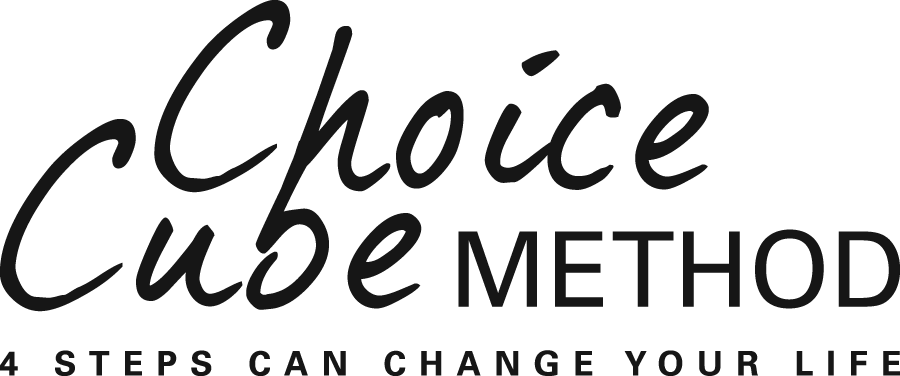OVERWHELM: WHY GET RID OF IT RIGHT AWAY
/SOME SIDE-EFFECTS OF OVERWHELM Email, the phone, the news, advertisements, our jobs, politics, environmental issues, religion, and the Internet, among many others, overload our minds with information. This constant flow of information can confuse us, make us lose focus, and put us out of control.
A few side-effects of overwhelm are:
- “Over-care,” which is the feeling that it is your duty
to take care of everyone because no one else will or can.
- “Blind Ambition” to the point of wearing yourself out.
- “Performance anxiety”; you are afraid that if you don’t
do more you will be fired.
Millions of people today live at the mercy of overwhelm: day after day they worry about how they can juggle everything they have to do. They just keep going because they “have to”, because there is no way out. They finally reach a point where they are incapable of seeing that life can be different.
Then one day… your mind fills up with everything you have to deal with, crashing your nervous, immune, and hormonal systems. Chronic overwhelm settles within, and along come the anxiety disorders. If you do not take care of this, you will start experiencing phases of anxiety, fatigue, and anguish. This will make you more vulnerable to disease and, you will not only look older, but your organism will actually age much faster.
PROJECT ANXIETY A trap many fall into nowadays is “project anxiety”, i.e. when you put in a lot of mental energy into a project and, without being aware of it, lots of emotional energy too.
This great amount of energy can cause tunnel vision, blocking your ability to see and appreciate other important aspects of your life. When anything or anyone gets in the way of such a vision, you can get highly irritated, anxious, and frustrated; you may push people away, disregard everything else in your life, and keep on going until overwhelm invades you, creating an emotional chaos.
Such overwhelm will acutely damage your relationships, quality of life, and of course, the project that made you reject everything and everyone else.
STIMULATION OVERLOAD But there’s more! There’s also what is called “stimulation overload”. We see this in people of all ages who incessantly look for different kinds of stimulation like: food, sodas, coffee, the Internet, shopping, movies, TV, and video games. The “devil” out there knows exactly what buttons to push to keep you addicted.
So, how can you identify if you are falling into this overwhelm inferno?
Well… here are some hints:
- If you are always in a rush, have too much to do, or
not enough time.
- If your mind is scattered and you feel out of control.
- If you feel irritated when anyone or anything breaks
into your focus.
- If you regularly feel knots in your stomach, something
that bothers you.
- If you feel impatient, lack compassion for yourself
and others, and are judgmental.
- If you feel a constant slow burn inside.
- If you feel low-grade shock and strain.
- If you don’t feel anything, positive or negative;
if you are paralyzed mentally or emotionally.
- If you feel disconnected from life.
- If you don’t enjoy projects, relationships, or
life in general.
REFUSE TO ABANDON YOURSELF Your insides can tell you, if you let them, when enough is enough. If you refuse to abandon yourself and you pay attention to your body, emotions, and thoughts, you will get signals that it is time to stop and re-focus. If you don’t listen, there’s the danger of ending up in an “overwhelm” nightmare.
Dr. Beth Cujé, therapist and author discusses these issues and more in her book, Become the Person You Were Meant to Be. She’s offering you the chance to download its first chapter for FREE. Just click here and get an idea of what the Choice-Cube Method can do for you.





